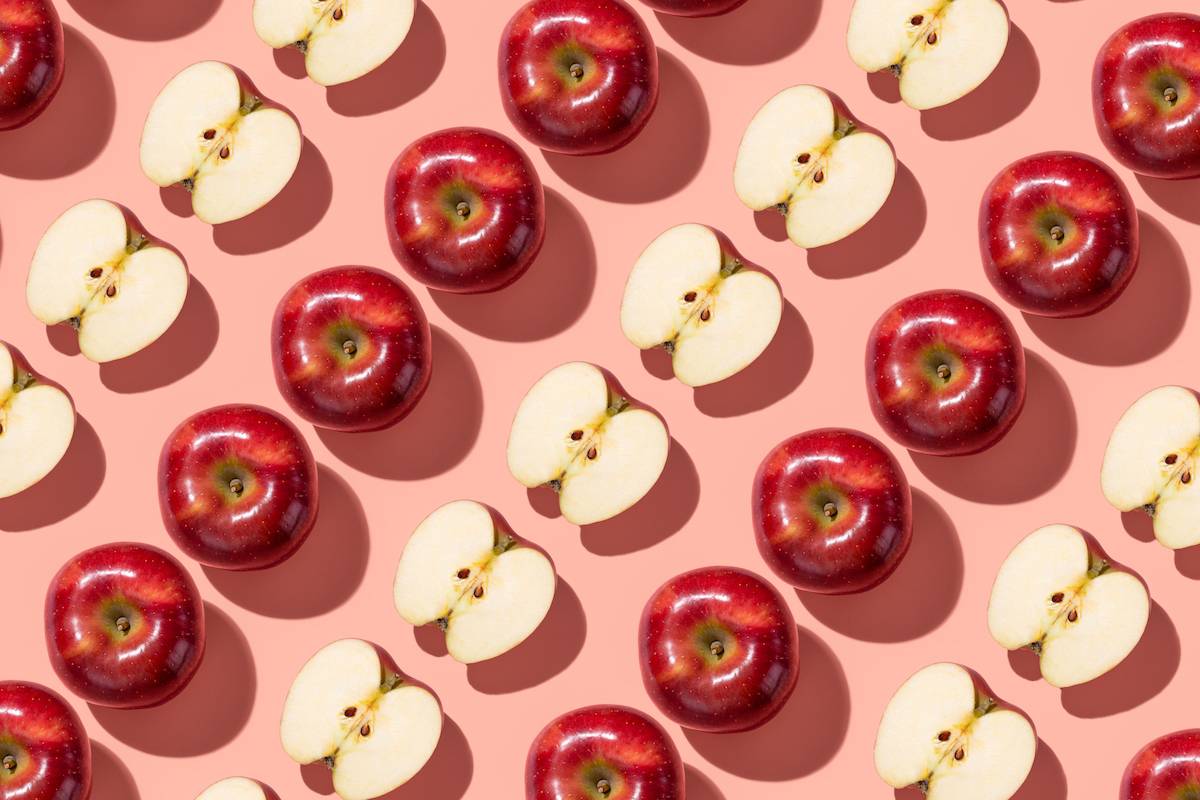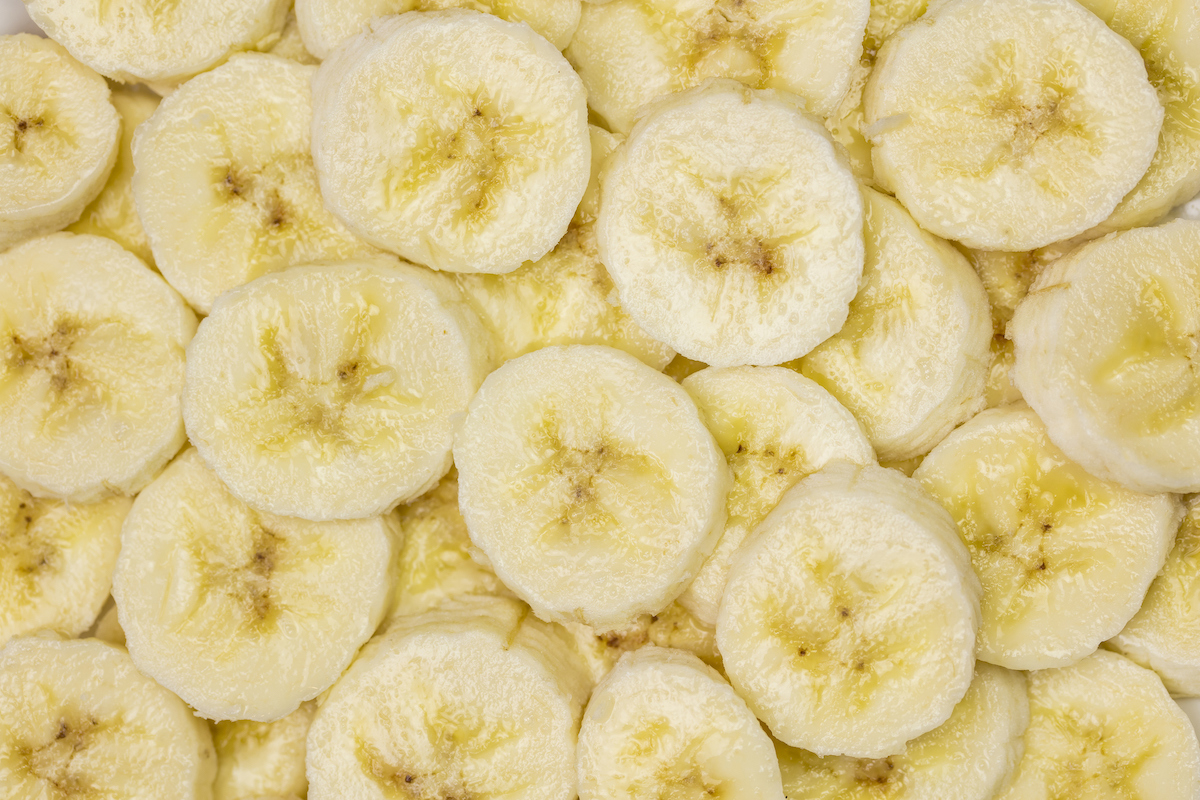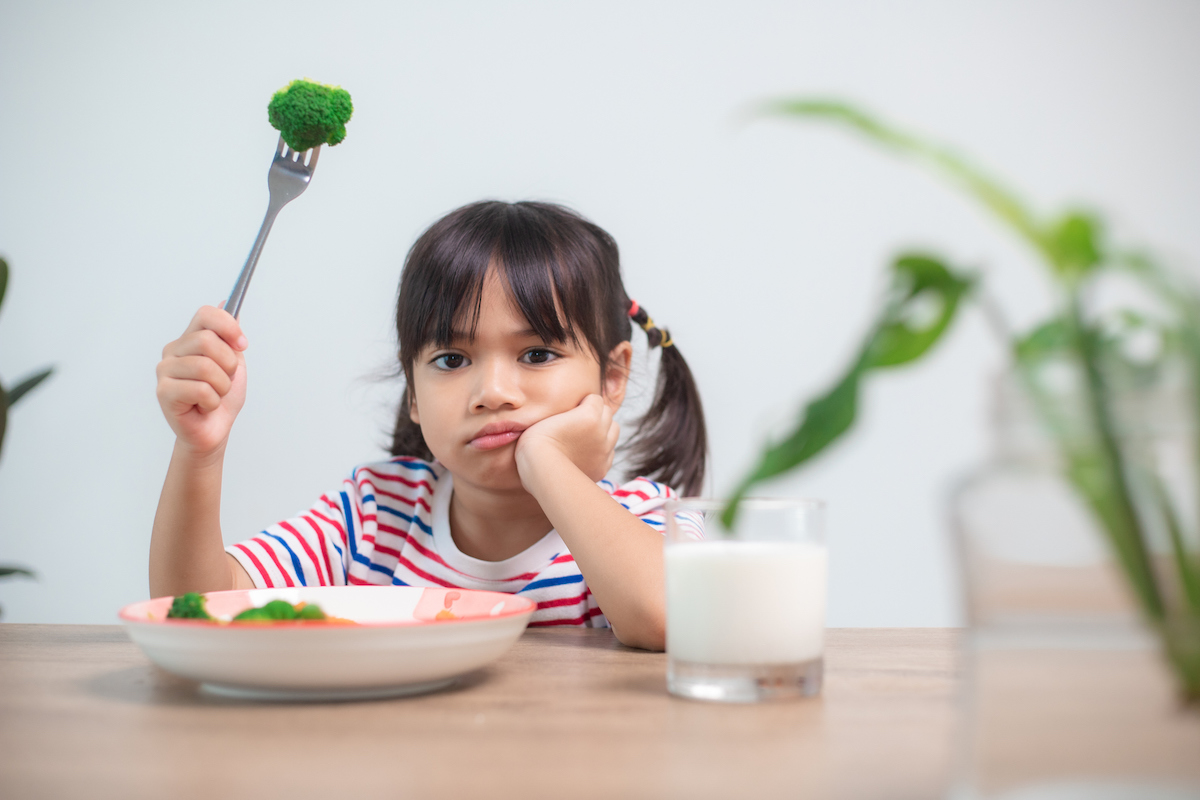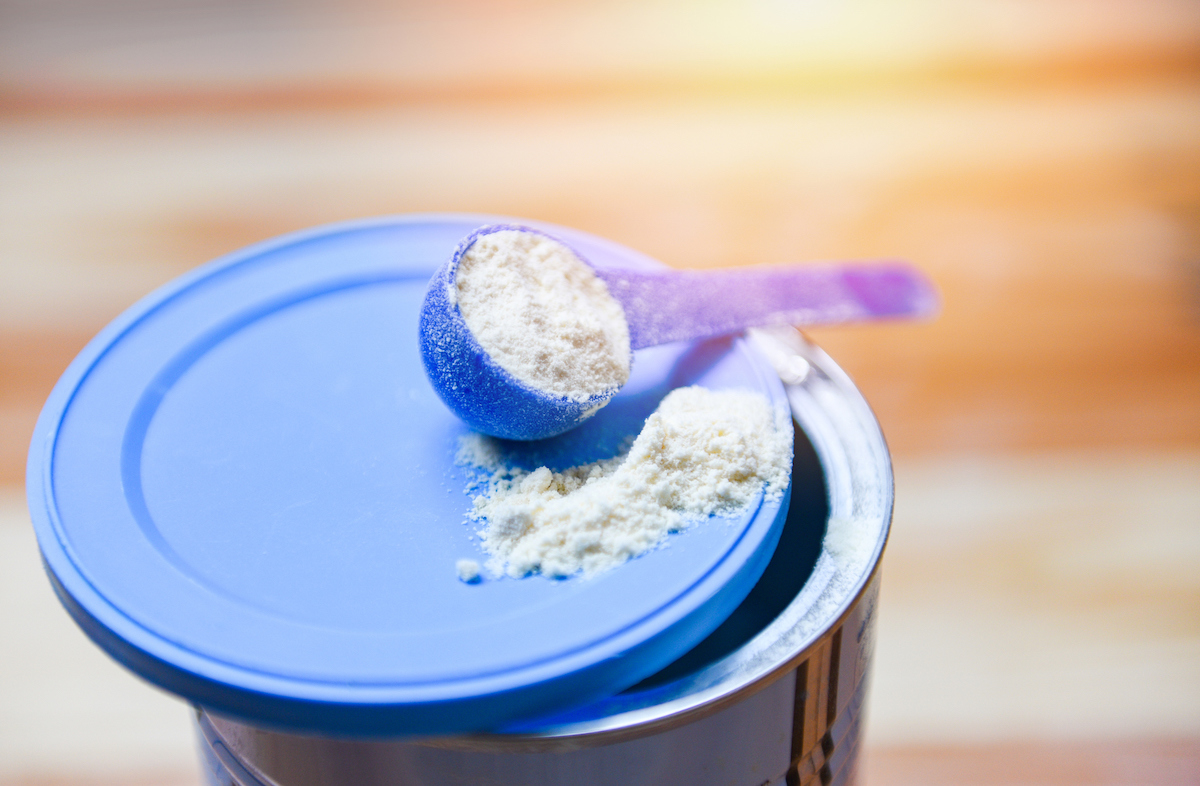One of my core beliefs — you will not be surprised to know — is that data is key to making our parenting decisions effectively. Often, however, data is most useful to answer the big questions, but falls flat on the details.
Take sleep training: There is reasonably good evidence on the benefits of sleep training and its short- and long-term effects. But if you decide you do want to sleep train, there isn’t really any evidence as to what is the best way to do it. Potty training is another case study. We can bring some data to the question — data that tells you, for example, that the earlier you start training, the longer it will take. But when you decide to actually do it, the data falls quite flat on the question of the “best” method.
In many of these cases — and this is essentially the central thesis of Cribsheet — the lack of data mostly reflects the fact that it doesn’t matter very much what you do on these details. There are a lot of good ways to potty train, some of which will work better for some families than others. Sleep training programs all work similarly — you want to stick to one, but which one isn’t that important.
That argument is simultaneously freeing and frustrating. It’s reassuring to know that you probably will not mess up too badly. But for some of us, it is paralyzing to try to move forward without a plan.
I would argue that perhaps nowhere is this more the case than in the introduction of solid foods. Data gives us a few hints as to dos and don’ts but virtually nothing on the how. Yet it is the how that is daunting. The first food we gave my daughter was rice cereal. I remember giving her some, taking a few pictures, noting the milestone. And then slowly realizing that, like, we were supposed to do this all the time now? How was that even going to work?
Today’s newsletter starts with the (limited) data-based guidance on starting infants on solids and then offers some perspective — and some resources — for making a plan when the data isn’t going to make it for you.*
What the data says: solid food introductions
There are a few guidelines for starting solid foods that are supported in the data. Here’s a simple list.
- Babies are ready for solid food when they can hold their head up, sit with support, and start moving their hands toward their mouth. General guidelines are four to six months, although increasingly, advice from the American Academy of Pediatrics, the CDC, and others pushes toward six months. Solid food shouldn’t be started before four months.
- Allergens — peanuts, eggs, dairy, wheat — should be introduced early. Early allergen introduction has been reliably shown to lower the risk of developing long-term allergies. These products shouldn’t just be introduced early; they need to be eaten with some frequency.
- Early foods should have iron in them (babies at this age begin to need more iron than is in breast milk or formula).
- Do not introduce choking hazards (e.g. hard candies, nuts) to babies.
- Tastes are formed by repeated exposure to flavors early on (there is a fascinating study about a taste for carrots being formed by carrot-juice-drinking moms through breast milk, for example). This means that exposing kids to the same foods over and over even if they do not like them the first time is a good idea.
In addition to these, there are some logic-based guidelines. Babies do not have many teeth, so it is a good idea to introduce softer foods first.
There are also a lot of things you might be told that the data doesn’t support. In the puree versus baby-led-weaning discussion, for example, people sometimes argue that baby-led weaning lowers obesity rates. On the flip side, others argue it leads to more choking. Neither claim is well supported by the data.
There is also talk about early food choices contributing to picky eating. Picky eating is a tricky problem for many families, and there are some data-oriented approaches to addressing it, but any measured impact of early food introduction on this behavior is extremely limited.
You’ll hear that rice cereal is the “perfect” first food, or that oatmeal is. The reality is that across the globe there is an enormous variation in what “first foods” are, and nothing to say one is better than another.
There’s also no strong evidence to support the prohibition on using salt in infant food (in moderation, obviously). And this idea that you need to introduce only one food every three days? That’s more tradition than data-based logic. While it’s true that early on it’s useful to pay attention to new foods in case your child has a reaction, you can do that with a much faster food introduction schedule.
Finally, when we think about the question of what a healthy diet is, as I talk about ad nauseam, our evidence in general is simply quite poor. If you’re looking for data to say your child (or you!) should eat only organic food, or grass-fed food, or avoid sugar overall, you aren’t going to find good support in the research.
Looking at what the data does and doesn’t tell us, it should be clear that the information we have would be consistent with a huge variety of approaches to the introduction of solid foods. You can adhere to the data with a traditional approach of starting with rice cereal and working your way through single-ingredient jarred baby foods (with, say, a product like Ready, Set, Food! or Lil Mixins to cover your early introduction of allergens). Or you could adhere to it through a full-on baby-led-weaning approach where your child eats a version of what you eat from very early on. Or you could be somewhere in the middle. Or, like me, you could do it completely differently with the first and second child.
The question, though, is where to go from there — how to choose, if the data doesn’t choose for you. I’m going to argue that you have two steps: asking where you want to go and what’s comfortable for you, and then making a plan.
Where do you want to go with food introduction and what’s comfortable?
With something like potty training, it is clear where we want to go: to a magical place with no diapers. With food introduction, it’s sometimes less obvious.
Here’s a thought experiment, from the standpoint of someone with a five-month-old: What do you want mealtimes for your child (and you) to look like at nine or 10 months? Do you imagine eating meals all together? Do you imagine feeding your child separately? If you imagine eating together, do you imagine your child eating what’s on your plate (more or less)?
Answering this doesn’t really speak to the details of how to do it, but it is a useful frame for (say) thinking about baby-led weaning versus other approaches. This question also helps to visualize where you are going in a way that means you hopefully will not be surprised, as I was, that solid food introduction doesn’t end when you complete the first rice cereal feeding.
A closely related thought experiment is simply what feels comfortable and practical to you. This has a million components. Some approaches to food introduction are much messier than others. Personally, I embrace the mess (as my spouse will tell you). But this isn’t how everyone feels, and your own reaction is something to factor in. There are questions of practicality to consider. Making your own baby food in a food mill may seem great in principle but may not be feasible in practice. There is a lot of room here for making it feel good to you.
Make a plan for food (and some resources to do so)
Just because the data doesn’t make a plan for you doesn’t mean you cannot make a plan. If thinking about the details of introducing foods makes your skin crawl with anxiety, the way out may be to recognize that any plan that adheres to the basic data-based principles will make you feel better.
I’m not talking about anything too elaborate. I’m picturing … a Google Sheet, with the date, what they will eat that day, maybe at what time? I would imagine that you could all make a much nicer, color-coded version than I would. If it were me, I would probably start by planning out a week or two, and then somewhere in the sheet keep a running list of foods that had been tried. But, again, I suspect you can all do this better.
Or you can rely on someone else to do it for you. There are some very excellent resources (thank you, people of Instagram, for mentioning many of these) that can help.** I’m going to detail a few below.
I want to be clear: several of these are focused on baby-led weaning, and they all come (as do we all) with their own perspective. These resources make sense to me, and I think can be helpful if they work for you. But I’d suggest you approach them as assistance to your own planning, rather than some type of rigid guidance that you must follow to produce a successful eater. The whole point here is that there are lots of good approaches that are consistent with what we know from data.
- Solid Starts: This was the clear winner when I polled people on Instagram. It has a great (free) food database and very detailed (paid) plans for food introduction. If this approach works for you and you want someone to provide you with recipes and a detailed guide, this ticked all the data boxes for me. There’s also an app.
- Zayne’s Plate: Adorable and helpful Instagram content, a cookbook, and a free 28-day meal plan (accessible here).
- Feeding Littles: Online courses designed to walk you through an introduction to baby-led weaning.
- Resources for a puree-forward route (noting that these are generally produced by baby food companies): Yumi (designs meals and delivers the food; organic), Earth’s Best.
Bottom line: No data doesn’t have to mean no plan. It just means you get to choose your own adventure. And whatever adventure you choose, it will end with oatmeal and bananas smeared around your house in a sticky glue-like paste. Enjoy!
*This discussion is focused around food introductions for children without diagnosed eating issues. If you are in need of resources around significant food aversions, I recommend Virginia Sole-Smith’s book The Eating Instinct.
**These resources are really focused on starting solids. There are a bunch of others — like Kids Eat in Color — that many people mentioned that focus on picky eating. For another time!
Community Guidelines














